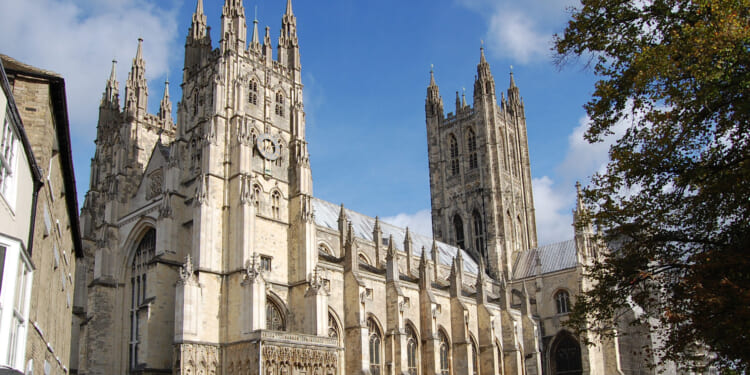Recent stories of note:
“Straight-line storytelling: how will the British Museum display the Bayeux Tapestry?”
Martin Bailey, The Art Newspaper
Not many loan agreements excite as much national passion and generate as many headlines as the forthcoming voyage of the Bayeux Tapestry across the Channel to the British Museum. Because of the fragility of the 230-foot-long embroidered cloth, at the time of writing over seventy thousand people in France have signed a petition to cancel the loan. The work is scheduled to go on view at the British Museum in September 2026, where it will be displayed as one continuous strip; in its current home in Bayeux, the tapestry is “presented in a U-shaped configuration,” as Martin Bailey reports. Leaving aside the conservation questions, another daunting challenge for the British Museum will be crowd control, given the anticipated record-breaking popularity of this once-in-a-lifetime exhibition (the tapestry hasn’t traveled abroad since the 1070s). Who would have thought that medieval white-on-white violence could be so interesting to the British Museum’s global audience?
“Canterbury Cathedral’s graffiti heresy”
Bijan Omrani, The Spectator
The latest milestone in the United Kingdom’s race towards national suicide has been reached in the holiest place in all of Britain: Canterbury Cathedral, founded in 597 by Augustine of Canterbury, who went on to convert the Anglo-Saxons and become Canterbury’s first archbishop. The current structure, consecrated in 1070, is a masterpiece of Norman architecture and the site of the martyrdom of Thomas Becket, that most turbulent of priests. Nothing is too sacred, however, for the Church of England, which has defaced the Gothic walls and pillars of the cathedral with “jagged and bulbous graffiti,” as Bijan Omrani writes. This temporary “art” installation “focuses on partnering with marginalized communities, such as Punjabi, black and brown diaspora, neurodivergent, and LGBTQIA+ groups” to write questions for God, per the cathedral’s website. As Omrani points out, this profoundly off-putting show is not intended for worshippers but serves only “an out-of-touch and self-satisfied stratum in ecclesiastical authority who mistake the hackneyed progressive for spiritual bread.” Here’s a tragicomic Canterbury tale that not even Chaucer could have come up with.
“The purpose of the university”
Sebastian Milbank, The Critic
While readers of The New Criterion will have an intuitive understanding of the immense value of the pursuit of the studia humanitatis at college (at least in the pre-woke world), it is precisely the incalculable and intangible benefits of the humanities that drive universities to rebrand these subjects. The liberal-arts curriculum is now increasingly pitched to students in economic terms, as a useful tool for developing concrete “skills” such as “communication” and “creativity.” But, as Sebastian Milbank writes, “if universities attempt to justify themselves . . . by embracing their utility as wealth maximisers, schools of professional training, or centres of practical research, they are aiming at their own abolition.” Universities should not be reduced to degree-selling institutions, where instruction only serves as a means to a higher salary upon graduation; a university education should cultivate a broader aesthetic and philosophical sensibility and perpetuate the civilization that we’ve inherited. If so much of our culture and politics feels impoverished, banal, and downright offensive, it is in large part because the universities, in giving up on the humanities, have failed in their most fundamental mission: “training good members of society,” as John Henry Newman put it in his classic essay on the subject.


















